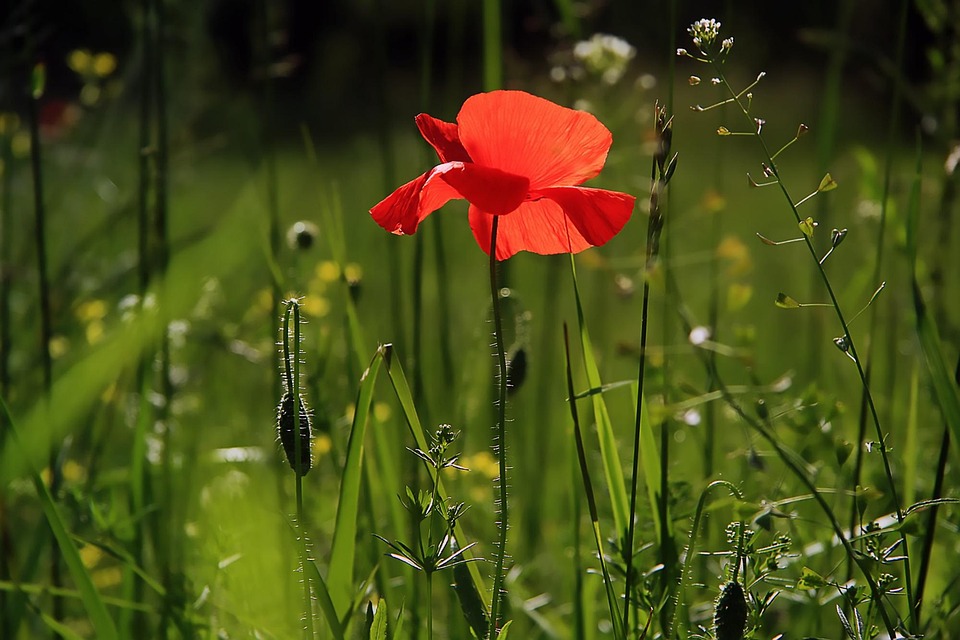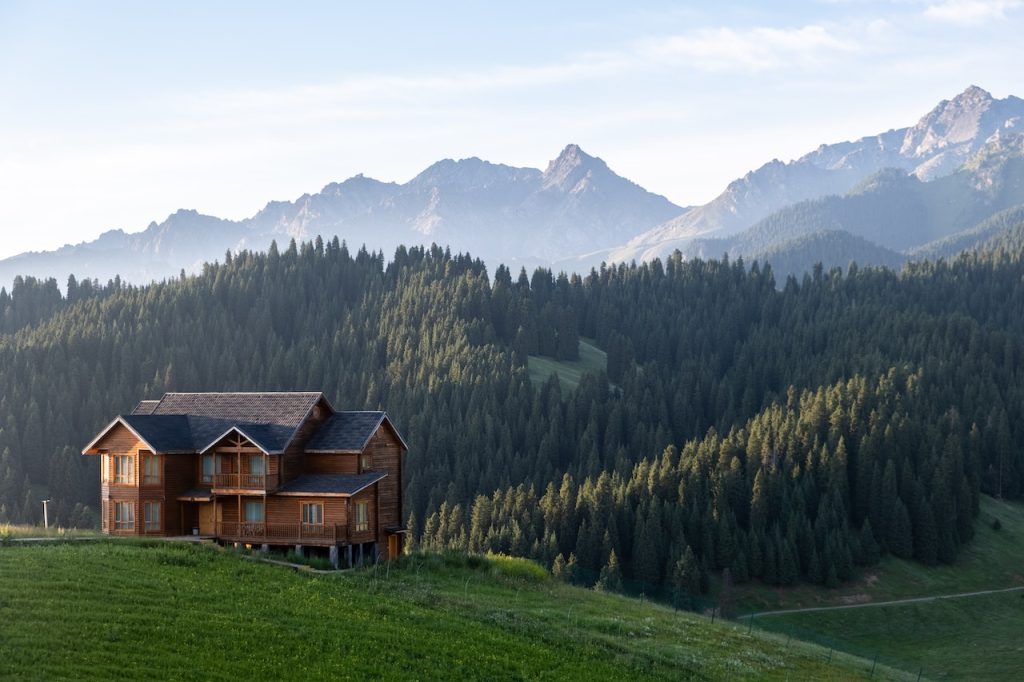Living off the grid has opened my eyes to the beauty and importance of sustainable farming and gardening. The ability to grow my own food and cultivate a thriving garden has been a truly rewarding experience. Not only does it provide me with fresh, organic produce, but it also allows me to live in harmony with nature and reduce my environmental impact. Eco-friendly gardens are not only aesthetically pleasing but also serve as a vital resource for promoting biodiversity and protecting our planet. In this article, I will share some sustainable design tips for creating a beautiful and environmentally conscious garden.
When it comes to eco-friendly gardening, one of the most important factors to consider is water conservation. By implementing smart irrigation systems and choosing drought-resistant plants, you can significantly reduce your water usage and help protect this precious resource. Rainwater harvesting is another great way to collect and utilize water efficiently in your garden. Installing a rain barrel or cistern can help you store rainwater for later use in watering your plants.
In addition to water conservation, soil health is also a key component of sustainable gardening. By practicing composting and mulching, you can enrich your soil with essential nutrients and improve its structure. Composting kitchen scraps and yard waste not only reduces landfill waste but also creates a nutrient-rich soil amendment for your garden. Mulching, on the other hand, helps retain moisture, suppress weeds, and regulate soil temperature, all of which are beneficial for plant growth.
When designing your eco-friendly garden, consider incorporating native plants into your landscape. Native plants are well-adapted to the local climate and soil conditions, requiring less water, fertilizer, and maintenance compared to non-native species. They also provide food and shelter for native wildlife, promoting biodiversity in your garden. By planting a variety of native flowers, shrubs, and trees, you can create a vibrant and resilient ecosystem that supports pollinators and beneficial insects.
Another aspect of sustainable gardening is reducing waste and promoting recycling. Instead of throwing away plant trimmings and yard debris, consider using them for mulch, compost, or as a habitat for beneficial insects. You can also upcycle household items, such as buckets, containers, and pallets, for creative garden projects. By repurposing materials and minimizing waste, you can reduce your environmental footprint and create a more sustainable garden.
Incorporating permaculture principles into your garden design can also enhance its sustainability. Permaculture is a holistic approach to gardening that mimics the patterns and relationships found in natural ecosystems. By designing your garden with elements such as companion planting, food forests, and water harvesting, you can create a self-sustaining and regenerative system that works in harmony with nature. This approach not only benefits the environment but also improves the health and productivity of your garden.
Pro Tips:
1. Start small and gradually expand your garden as you gain experience and knowledge.
2. Experiment with different plant varieties and gardening techniques to find what works best in your climate and soil conditions.
3. Involve your community by sharing your knowledge and resources, such as seeds, plants, and gardening tools.
4. Embrace the imperfections and challenges of gardening, as they provide valuable learning opportunities and contribute to the beauty of your garden.
In conclusion, eco-friendly gardens are not only a beautiful addition to your home but also a crucial part of sustainable living. By incorporating water conservation, soil health, native plants, recycling, and permaculture principles into your garden design, you can create a thriving and environmentally conscious space that benefits both you and the planet. I encourage you to explore these sustainable design tips and unleash your creativity in cultivating an eco-friendly garden that reflects your values and love for nature.



